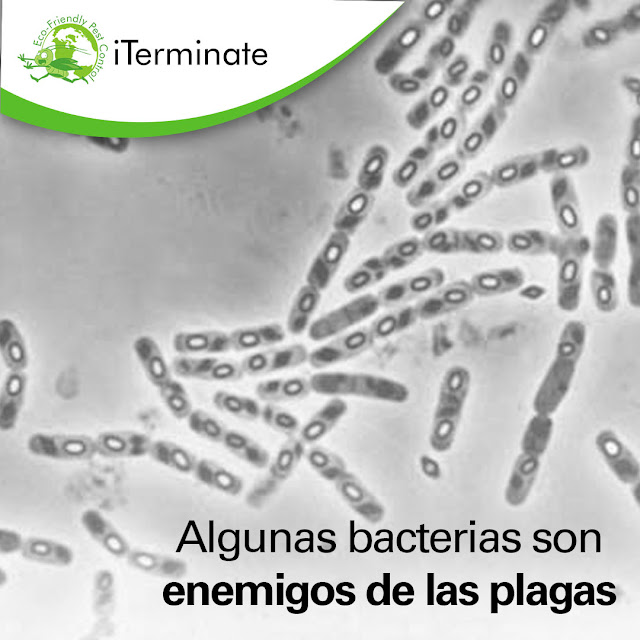 |
| Para eliminar pulgas es necesario tratar tanto a la mascota como las áreas y artículos del hogar: cuartos, jardín, moquetas, muebles, cojines. |
Nadie está exento de ser víctima de las terribles pulgas. Esos animalitos son, sin duda alguna, la pesadilla de una familia. Generan incomodidad e invaden nuestras casas, además de perjudicar a nuestras queridas mascotas. Pueden llegar a ser un problema grave para todos porque, más allá de la incomodidad que generan, son capaces de transmitir enfermedades e infecciones. ¿Sabes cómo lidiar con ellas?
¿Sabes eliminar una plaga de pulgas?
Al encontrarte con alguna puedes eliminarla inmediatamente sumergiéndola en agua con detergente. Esto hará que muera de inmediato y no sea más un problema para ti. Sin embargo, debes saber que la forma adecuada de acabar con ellas no es precisamente buscándolas una a una. Las pulgas se reproducen velozmente y sería completamente inútil seguir este procedimiento.
¿Qué debes hacer con todas las demás? Aquí surgen un sinfín de posibilidades, echar sal en la alfombra, aspirar y desechar la bolsa de la aspiradora, o usar un insecticida atomizando todas las áreas invadidas por estas criaturas.
En caso de que tu mascota se vea infectada por la invasión de esta plaga, te recomendamos que la bañes frecuentemente, poniendo especial atención en áreas como las orejas, la nariz y la boca. Las pulgas intentarán esconderse en estos lugares para huir del agua. Intenta comenzar siempre el baño por estas zonas, utilizando un buen jabón antipulgas. También puedes aplicarles directamente un antipulgas, pero debes ser cuidadoso con la piel de tu mascota. Muchos animales no toleran los químicos de estos productos.
Además de todo esto, siempre será una buena idea contactar a una agencia que se encargue de fumigar tu casa. Esto garantizará la completa erradicación de la plaga y te devolverá la tranquilidad al estar en tu hogar junto a tu familia. iTerminate te ofrece servicios de fumigación amigables con el medioambiente. ¡No dudes en contactarnos ante una situación como esta! Cuida tu bienestar y el de los tuyos.
 |
| ¡En el blog de hoy aprenderás a eliminarlas! |
Facebook: ITerminate
Instagram: ITerminate
Twitter: ITerminate
















